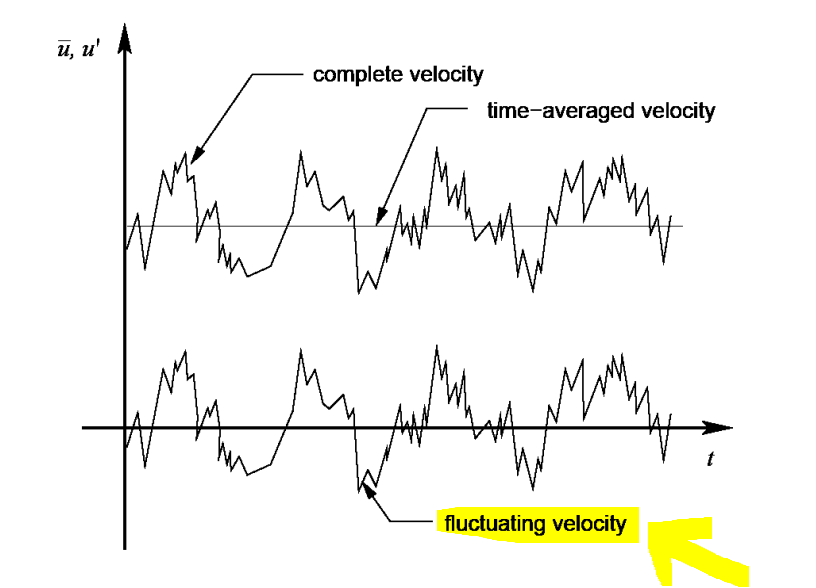TAGGED: circular-pipe, k-e-model, rocky-dem, two-way-coupling
-
-
October 8, 2023 at 4:23 pm
Vicky
SubscriberDear Sirs,
I am seeking guidance regarding a two-way coupling simulation I am conducting between Ansys Fluent and ROCKY. The focus of my simulation revolves around a circular pipe through which air flows while solid particles with a diameter of 0.2mm are introduced, I am using the K-EPSILON model. So far, my simulation has yielded good results, particularly concerning velocity profiles for both particles and air, as well as the turbulent kinetic energy and dissipation rate of the air.
However, I have encountered a challenge when attempting to retrieve the 'fluctuating velocity data' for the particles. I would greatly appreciate your assistance in finding a solution for this matter.
Currently, I have implemented a code that allows me to obtain particle velocities at each time step, and subsequently, I have successfully calculated the average particle velocity. My objective is to apply a specific formula to derive the fluctuating velocities in the radial, tangential, and normal directions.
To facilitate this, I have established a reference line within the pipeline, enabling me to extract velocity values at various points during a specific time step. I have utilized the 'Eulerian Statistics' option to aid in this process.
As a reference, I attach the image of the equation to calculate the particle velocity and an image showing the velocity results obtained for three different time steps.
'Value' signifies the velocity acquired for each individual time step. 'Average' corresponds to the mean value computed for a specific time step (as illustrated in the subsequent figure), while that Equation denotes the root mean square (RMS) calculation employed to derive the particle velocity."
Thank you
-
October 9, 2023 at 10:10 am
Rob
Forum ModeratorAre you trying to find the fluctuation on each particle, or fluctuation of the average of the particle velocity? I'm not sure from what you've posted.
-
October 10, 2023 at 12:14 am
-
October 10, 2023 at 9:04 am
Rob
Forum ModeratorAre you looking for the turbulent velocity fluctuations?
-
October 10, 2023 at 1:05 pm
Vicky
SubscriberHi Rob,
Yes, that's why I am calculating it at each time step to later use the equation I posted before.
-
October 10, 2023 at 2:07 pm
Rob
Forum ModeratorAs it's transient you're already getting the instantaneous value?
-
October 10, 2023 at 3:53 pm
Vicky
SubscriberYes, my simulation is transient.
In addition I'm using thr k-epsilon model.
-
October 10, 2023 at 4:02 pm
Rob
Forum ModeratorI don't think it's available, the turbulent field values are used in Rocky for the random walk parts, but not sure that data is fed back. If you click on Help in Rocky there's a Coupling manual. We should have the Rocky documentation tied into the normal Ansys install "soon".
-
December 21, 2023 at 10:26 pm
Ramy Elaswad
SubscriberHow can I get the particle's velocity at each time step?
-
December 22, 2023 at 10:05 am
Rob
Forum ModeratorRocky should have that data available, check the output options there. As I mentioned, documentation & tutorials should be available "soon".
-
- The topic ‘Fluctuation velocity of the particles’ is closed to new replies.



-
4838
-
1587
-
1386
-
1242
-
1021

© 2026 Copyright ANSYS, Inc. All rights reserved.










